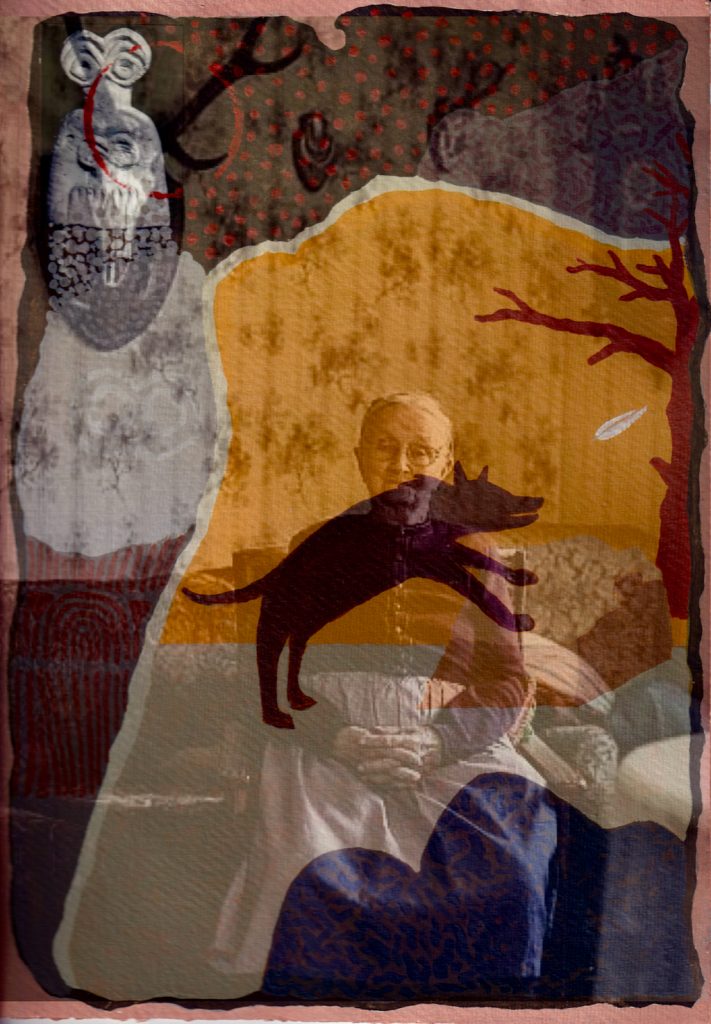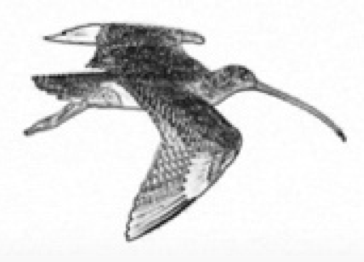
‘How can we create entanglements with human and more-than-human others near and far that experiment with – and point to – new ways of being’?
UB
James Hillman writes of animals that they: ‘wake up the imagination’. ( in James Hillman and Margot MacLean (1997) Dream Animals: Writings by James Hillman Paintings by Margot McLean p. 2). Our sensing of the world is heightened by Rilke’s ‘noticing beasts’, by our acknowledging their knowing that: ‘we don’t feel very securely at home’ in the ‘interpreted world’. (‘The First Elegy’ trans. J.B. Leishman & Stephen Spender Duino Elegies p. 25) . They remind us of the mystery of presence, and ‘the childhood game of becoming-animal’ that ‘suggests …that children have a sense of themselves as emerging out of a … field of protean forces and materials, only some of which are tapped into by a child’s current, human, form’. (Jane Bennett The Enchantment of Modern Life: attachments, crossings and ethics p.51).
In folklore the curlew’s call is often linked to sorrow. Yet its haunting cry has a trailing, bubbling, musical, albeit mournful, quality that is also profoundly beautiful. Curlews flying at dusk are said to have given rise to belief in The Seven Whistlers. On the hill by his house at nightfall, a man called John Pressdee would hear seven curlews pass over, but with never more than six calling at any one time. If a seventh should call he believed the world would end. In Grace Wells’ poem Curlew eleven curlews enchant and lift her until she flys, despite her knowledge of, and sadness at, their dwindling numbers.
